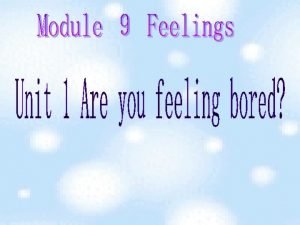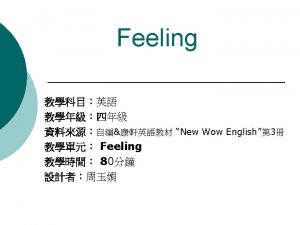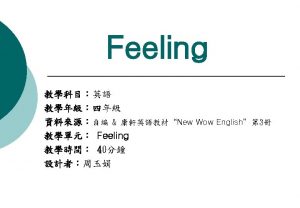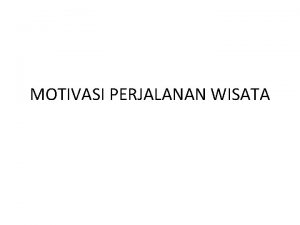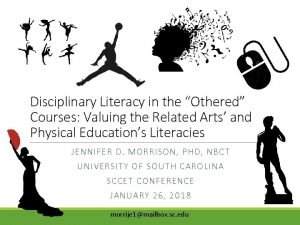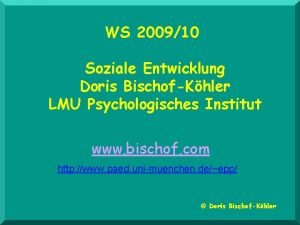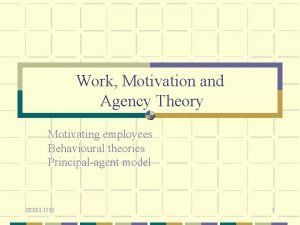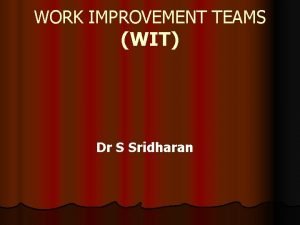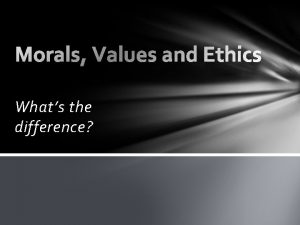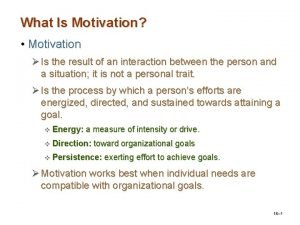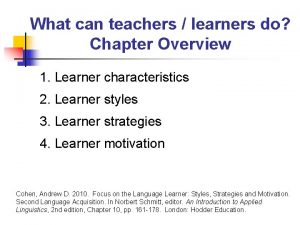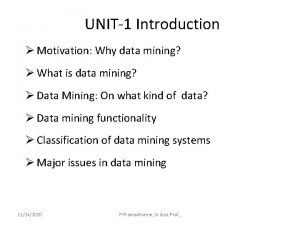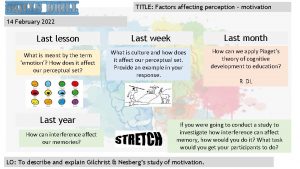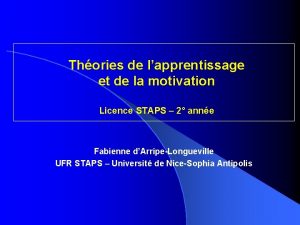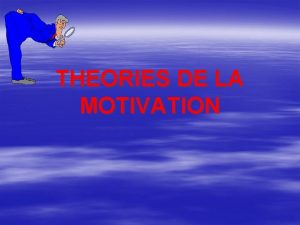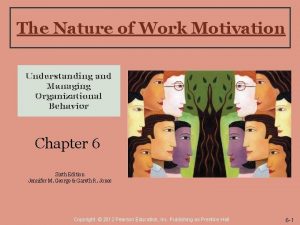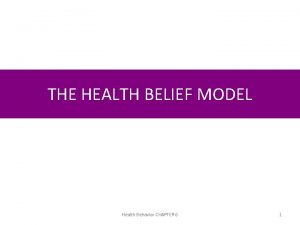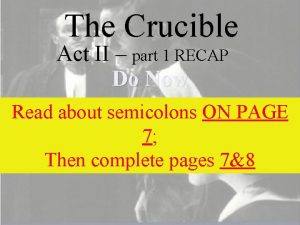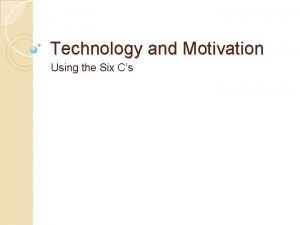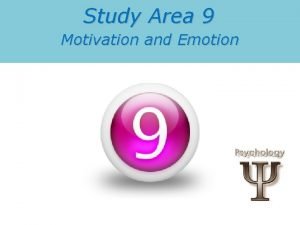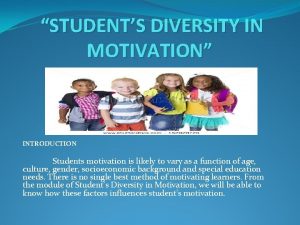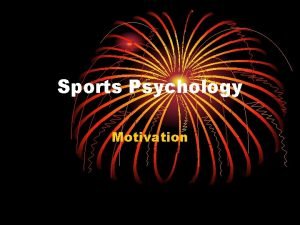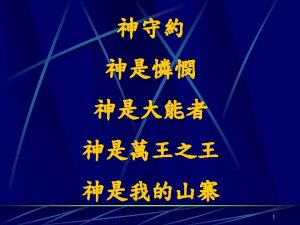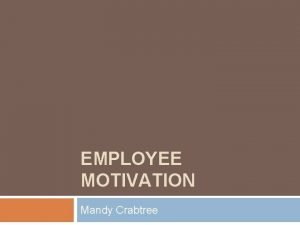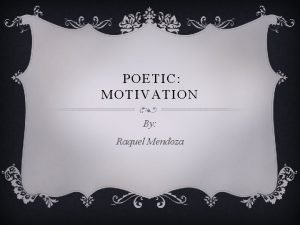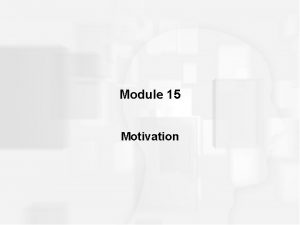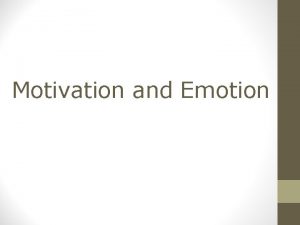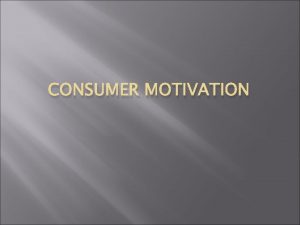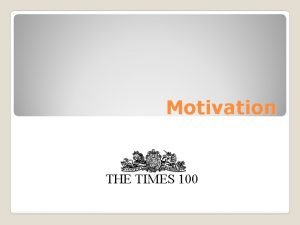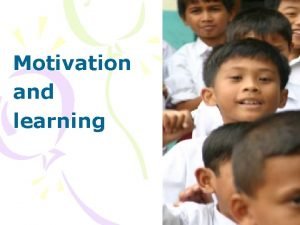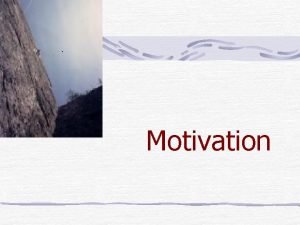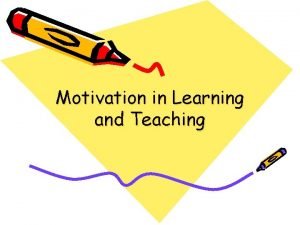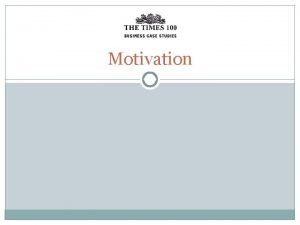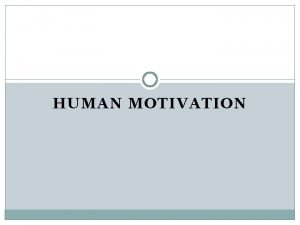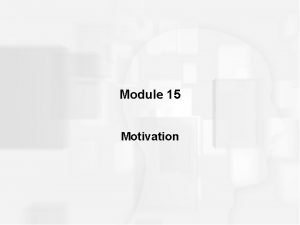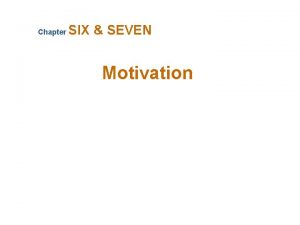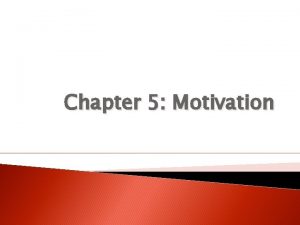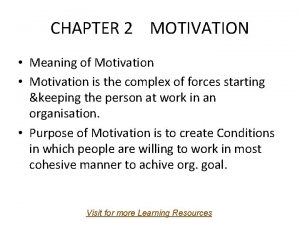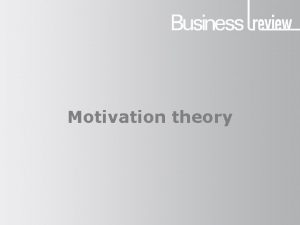PHYSICAL LITERACY PHYSICAL LITERACY Happy Motivation PHYSICAL LITERACY




























- Slides: 28

PHYSICAL LITERACY

PHYSICAL LITERACY Happy Motivation PHYSICAL LITERACY Confidenc e Health Physical Competence

The elements of Physical literacy 1. Motivation and Confidence ( Affective ) 2. Physical Competence ( Physical ) 3. Knowledge and Understanding (Cognitive ) 4. Engagement in Physical activities for life (Behavioural)

1. Development of the physical literacy 2. Aligning Physical Literacy with Literacy • Movement Vocabulary • Movement Fluency • Physical Proficiency • Physical literacy Ø Physical literacy is a journey not destination 3. Health - Happy – Success ACTIVITY –--- Participation > Fitness > Durability = Physical Literacy 4. Physical Literacy Across the life span and section § Leisure, Recreation & sport § Performance Art § Vocational Work § Activities of Daily living § Injury prevention

ACTIVE FOR LIFE Fundamental movement skills Fundamental sports skills Physical Literacy

FUNDAMENTL MOVEMENT SKILLS Ø Non Locomotor = Movement Performed on the spot with out travelling Exp - Bend Reach Lower Turn Lift Twist Push Stop Pull Fall Stretch Sand Cart hold Swing Ø Locomotor = Movement that involves travelling a cross surface Exp - Crawling Leaping Hopping Running Jumping Dodging Rolling Ice picking Polling Skipping Galloping Sliding Climbing Walking Boomerang Egg beats Gliding Sculling Skating Swinging Wheeling Ø Balance = Stability, controlling movements Exp – Balancing Ready position Body Rolling Dodging Egg beating Spinning Stopping Stretching Swinging Floating Landing Ø Manipulative skills = movements Involving control of giving force to object. it is three stages 1. Sending ` Kicking Punching Rolling Stroking Throwing 2. Receiving 3. Receiving with Sending Catching Stopping Travelling Dribbling with hand, foot, stick Striking (bat) Striking (stick) Volleying


Development of Physical Literacy 1. Movement Vocabulary 2. Fundamental Movements MOVEMENT VOCABULARY Walking Running Balance Standing/sitting SECONDARY SKILLS Throwing Kicking Striking Jumping Swimming Cycling RECOVERY SKILLS Catching Trapping

1. DEVELOPING PHYSICAL LITERACY Diverse environment- Physical & Social Physical Competence Creativity Organised: Quality Physical Literacy, experience – Free Play Understanding Confidence, Motivation Awareness Selection Sequence Modification

Manipulative skills Øit is three stages 1. Sending 2. Receiving 3. Receiving with Sending Kicking Punching Rolling Stroking ` Throwing Catching Striking (bat) Stopping Striking (stick) Travelling Volleying Dribbling with hand, foot, stick

FUNDAMENTAL SPORTS SKILLS Ø Invasion : Teamwork, decision making, spicial awaraness, judo Ø tactics. > Football, Hockey, kho-kho, boxing, Striking and Fielding : communication, travelling, striking, sending, receiving > cricket, baseball, softball. Ø NET- Wall : Volley, bounce, over a barrier, spins, tactics, recovery. > Tennis, volleyball, Table tennis. Ø Athletics : Starting, jumping, running, power, strength, flexibility. > Track and field

FUNDAMENTAL SPORTS SKILLS Fundamental movement skills to learning fundamental sports skills Sports groupings Acrobatic sports Aquatic sports *Gymnastics *Swimming *Trampoline *Synchro Sport parachute *Water polo *Diving Sky Jumping Individual sports Racquet sports *Athletics *Badminton *Cycling *Table tennis *Triathlon *Tennis *Weightlifting *Squash Ice/Snow sports *Speed skating *Freestyle skiing *Snowboarding *Figure skating Combative sports Target sports *Boxing *Archery *Fencing *Shooting *Judo, wresting *Golf *Karate *Lawn bowls *Taekwondo *Bowling Team sports *Basketball *Baseball *kabaddi *Volleyball *Softball*Kho-Kho *Hockey *Football *Throwball *Cricket *Rugby *Soccer On-water sports *Rowing *Wakeboard *Waterski *Yatching

Consequences of a missing fundamental skill

THREE STAGES OF AP PHYSICAL LITERACY 1. FUNDAMENTAL : Boys> 6 -9 years, Girls> 6 -8 years. 2. LEARN TO TRAIN: Boys> 9 -12 years, Girls> 8 -11 years. 3. ACTIVE FOR LIFE – FIT FOR LIFE Three stages: 1. Competitive for life 2. Fit for life 3. Sports and physical activity leaders

ACTIVE FOR LIFE LTAD - Individuals who have a desire to be physically active are in the active for life style stage. A participant may choose` to be Competitive for life or Fit for Life. FUNDAMENTAL MOVEMENT SKILLS > Physical Literacy 1. Active start: 2. 3. 4. 5. 6. 7. 0 -6 years B/G Need to engaged in daily active play. Develop the FMS. And learn how to link them Fundamentals: G-6 -8 y, B-6 -9 y Develop the FMS in structured and unstructured environment for play. Providing fun, inclusive, developmentally appropriate Sport and physical Learning to train: G-8 -11 y, B-9 -12 y, FSS The learn to train stage leading to understanding basic rules, tactics and strategy in games and refinement. Training to Train: F-11 -15 y, M 12 -16 y Development performance components physical, mental, emotional, technical-tactical. Learning to compete: F 15 -19+/-, M 16 -20+/- the building physical, mental capacity. Training to compete: F 19 -23+/-, M 20 -23, +/-Train to train athlete development components. Athlete are nearly full time practised. Training to Win: F-23+/-, M-23+/-, the highest level of competition. High performance sports.

LONG- TERM ATHLETE DEVELOPMENT MODEL

Who is responsible for Physical Literacy

PROBLEM SOLVING 1. VALUING 2. CRITICAL THINKING Design Execute Refine 3. LEADERSHIP 4. INTERACTION RELATIONSHIP WITH OTHER

MY PRACTICE PLAN 1. Who are my athletes? • • • No of athlete attending Age / Maturity of athlete Skill and ability of athlete Gaps in ability level among athlete Injuries to account for athlete Reasons why they are involved

2. What are the safety risks and how should I prepare? * The nature of the activities the athlete * Will do and the condition in which they will take practice * Weather * Playing surface / Facilities * Equipments * Human errors

3. What am I trying to accomplish with my practise? * What athlete need to improve * Purpose of the athlete * Team goals and short term practise * Goals of coaching staff 4. How am I going to organise my practise? * Structure of the session * Choice of the activities * Sequence of activities * Transition between activities avoid

5. How will I deliver my practise? * Key points to make * Teaching method I will used 6. What ability and skills are required in my practise / sport? * Physical ability * Motor ability 7. What are the logistics of my practise? * Facilities available * Equipment needed / available * Length of practise

1. How do I know My activity / lesson is good 2. I can explain why I am teaching the activity 3. I have embedded fitness focus in to my lesson 4. Are all students moving most of the time 5. Am I helping the students to learn 6. Did most students learn?

LESSON PLAN General Lesson plan 1. Assembly and Roll call 2. Introductory part 3. Formal part 4. Special part 5. Recreation part 6. Review & Dismissal part Particular Lesson plan 1. Assembly and Roll call 2. Worming up 3. Teaching of fundamental 4. Practise 5. Lead up activity 6. Hole part 7. Review & Dismissal

Comparison ANDHRAPRADESH Lesson plan AND CANADA Lesson plan 1. Assembly and roll call 2. Worming up 3. Teaching fundament 4. Practise 5. Lead up activity 6. Hole part 7. Review & dismissal 1. Assembly and roll call 2. Movement participate 3. Instructional Cues (5 m ) 4. Pair Play: 10 m 5. Fun Game: 15 m 6. Home task: 7. Review & Dismissal

Objectives of Physical Literacy lesson plan Movement Competency: 1. Locomotors Movement (Fundamental ) 2. Object Control—Lower Body U/ B (Fundamental) 3. Balance, Stability & Body Control ( learn to train)

Model Lesson Plan Class: Ages: Skill & Strategy: Material needed: Class Size: Skill: Assembly and roll Call (3 m) Worming up/ Movement preparation ( 7 m) Instructional Cues (5 m ) Recreational part (25 m) Pair Play: 10 m Fun Game: 15 m Home task: Review & Dismissal: 5 m

THANK YOU C. OBANNA PET ZPHS GONEGANDLA
 How happy he is
How happy he is Sad happy bored
Sad happy bored Happy sad angry sleepy
Happy sad angry sleepy Happy sad angry hungry
Happy sad angry hungry Happy feet orthotics
Happy feet orthotics Similarities of media literacy and information literacy
Similarities of media literacy and information literacy Introduction to mil
Introduction to mil Example of people in media
Example of people in media Cyber literacy for the digital age
Cyber literacy for the digital age Proses motivasi perjalanan wisatawan
Proses motivasi perjalanan wisatawan Example of physical motivators in tourism
Example of physical motivators in tourism Disciplinary literacy in physical education
Disciplinary literacy in physical education Zürcher modell der sozialen motivation
Zürcher modell der sozialen motivation Agency theory of motivation
Agency theory of motivation Motivation work improvement team
Motivation work improvement team Motivation based on ideas of right and wrong
Motivation based on ideas of right and wrong How to define motivation
How to define motivation Gardner's motivation theory
Gardner's motivation theory Motivation of data mining
Motivation of data mining Gilchrist and nesburg study of motivation
Gilchrist and nesburg study of motivation Motivation introjectée
Motivation introjectée Taylor motivation
Taylor motivation Nature of work motivation
Nature of work motivation Protection motivation theory
Protection motivation theory Ezekiel cheever motivation
Ezekiel cheever motivation 6 c's of motivation
6 c's of motivation Drive reduciton theory
Drive reduciton theory Students diversity in motivation ppt
Students diversity in motivation ppt Motivation psychology definition
Motivation psychology definition

